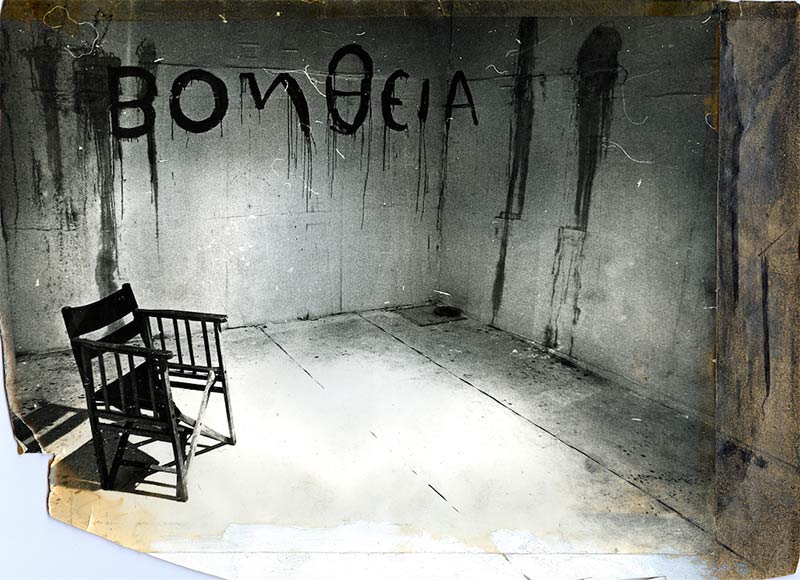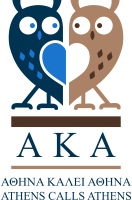
“Maria Karavela, Athens 1971. Environment, Athens Art Hall – Hilton”
Maria Karavela (1938–2012) was among the pioneering artists who introduced innovative practices—such as environments, performance, and audience participation—into the Greek art scene during the 1970s.
Through these experimental modes, she opened up new possibilities for dialogue and interaction with viewers, forging a mode of artistic expression that would prove transformative for contemporary Greek art. Her aim was to break free from the conventional boundaries of art, turning instead to lived reality as a source of inspiration and expression, thereby forging a more dynamic and reciprocal relationship between art and life.
Η Αθήνα είναι εδώ και σας καλεί.
